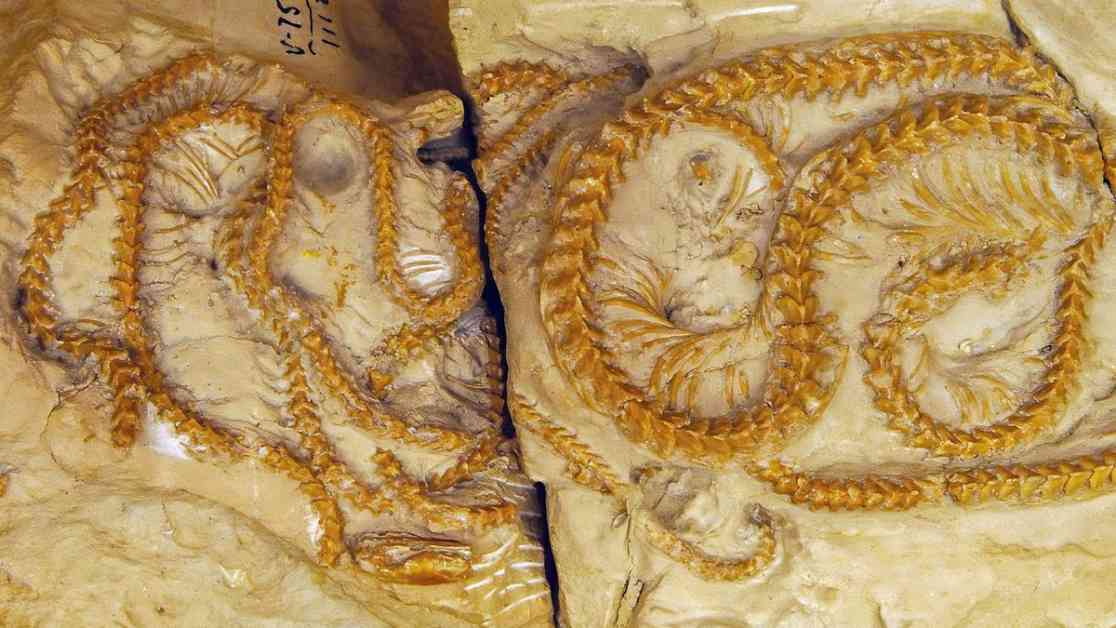About 38 million years ago, a rare discovery was made in Wyoming when three snakes were found fossilized together. The identity of these snakes remained a mystery for decades until recently when researchers identified them as a newly discovered species called Hibernophis breithaupti.
The snakes were found clustered together in what is believed to be a hibernation den, similar to the behavior of modern-day garter snakes. This social behavior of reptiles hibernating together is highly unusual and has not been observed in many other reptile species.
Through high-resolution CT scans, scientists were able to examine the fossils in more detail and determine their relationship to modern-day boas. The newly described species, Hibernophis breithaupti, provides valuable insights into the social behavior of ancient reptiles.
The snakes were likely caught in a flood while hibernating, leading to their quick preservation in fine sandy mudstone. This unique preservation process not only kept the snakes together but also preserved their complete, articulated skeletons, which is a rare find in the world of paleontology.
This discovery sheds new light on the behavior of ancient reptiles and adds to our understanding of how different species have adapted to survive harsh conditions throughout history. The study of these fossils provides a glimpse into the lives of these snakes millions of years ago and highlights the importance of continued research in paleontology.
Overall, this rare fossil discovery in Wyoming offers a fascinating insight into the social behavior of ancient reptiles and underscores the importance of preserving and studying fossil records to better understand the evolution of life on Earth.












